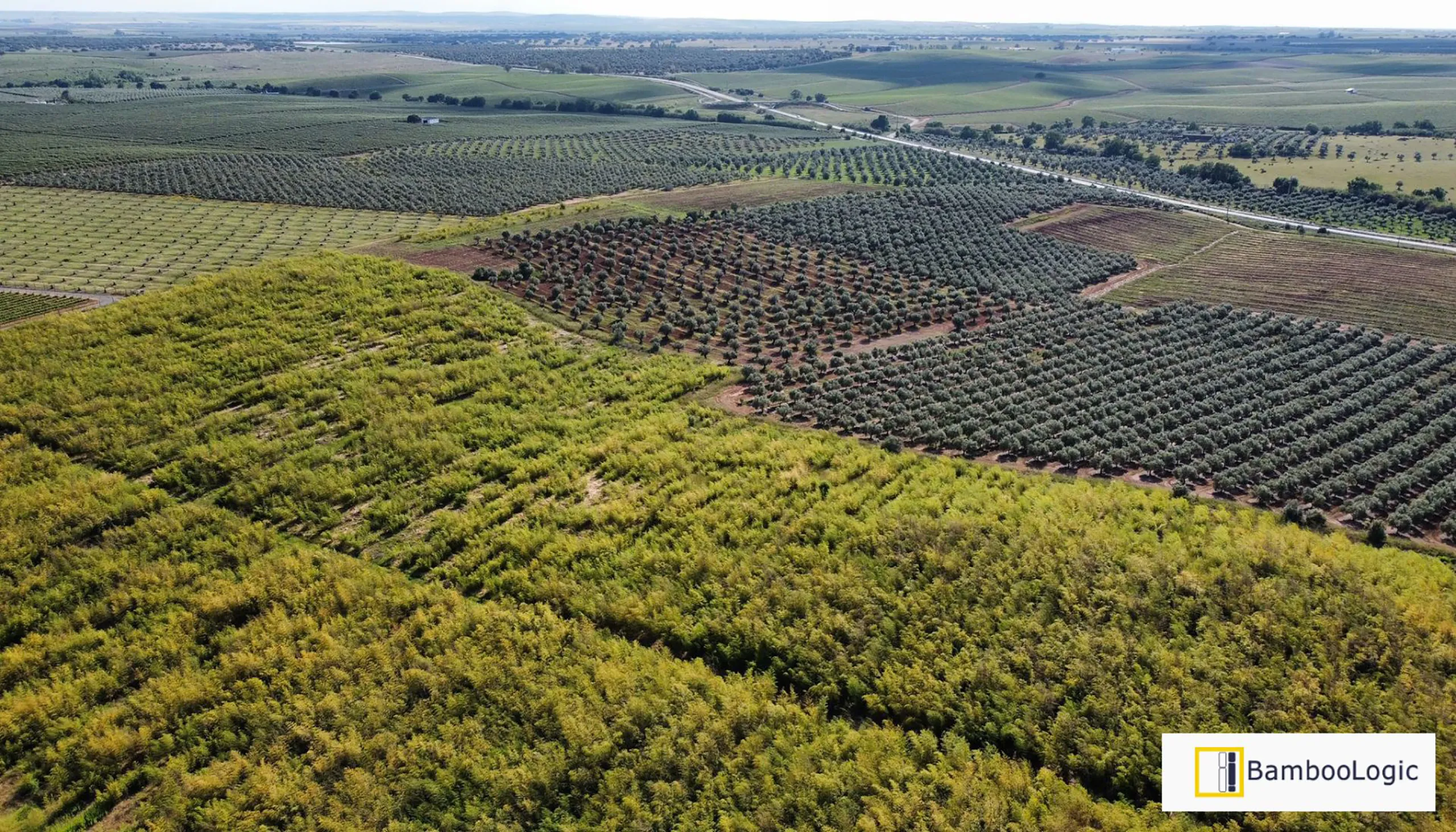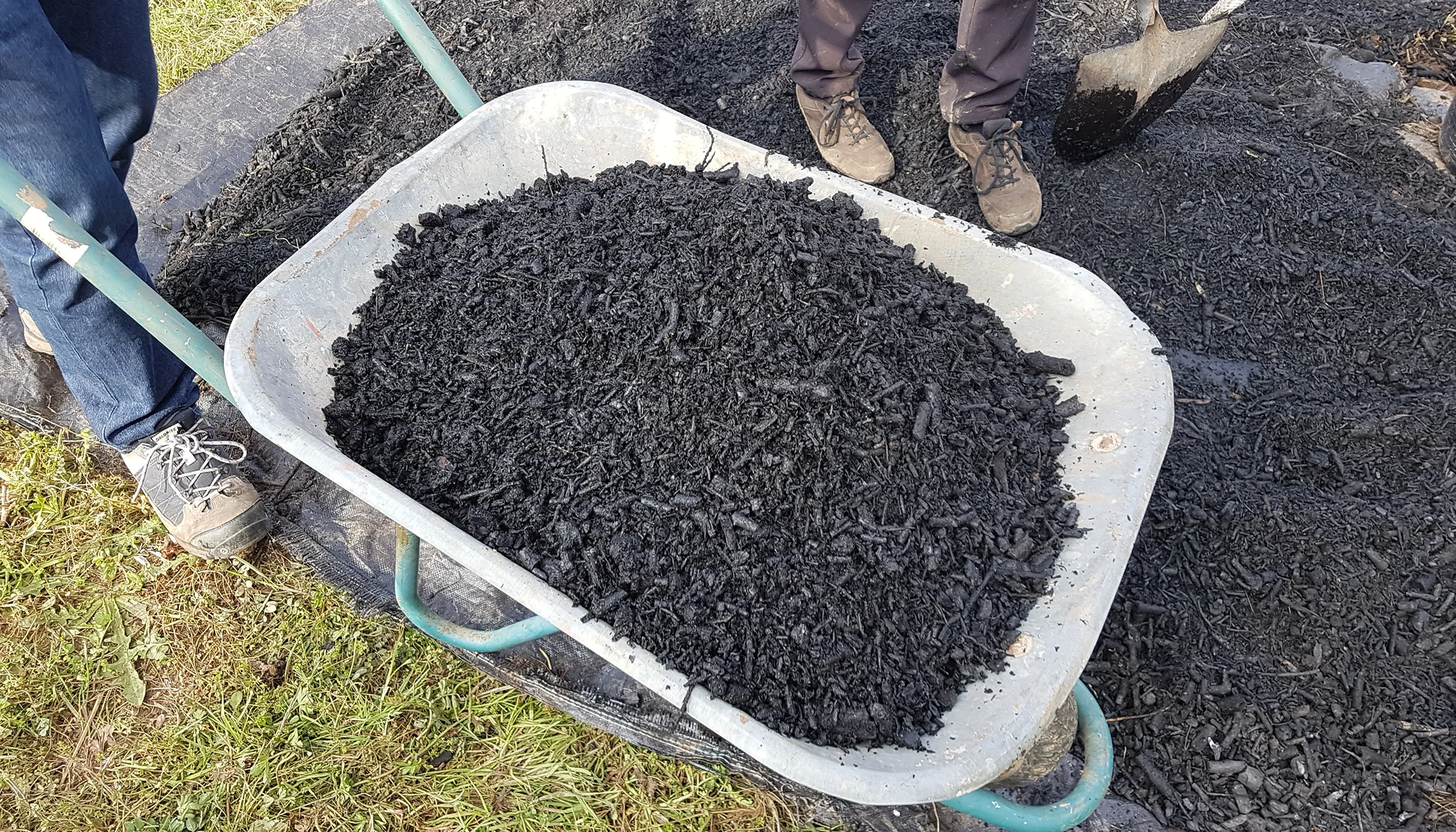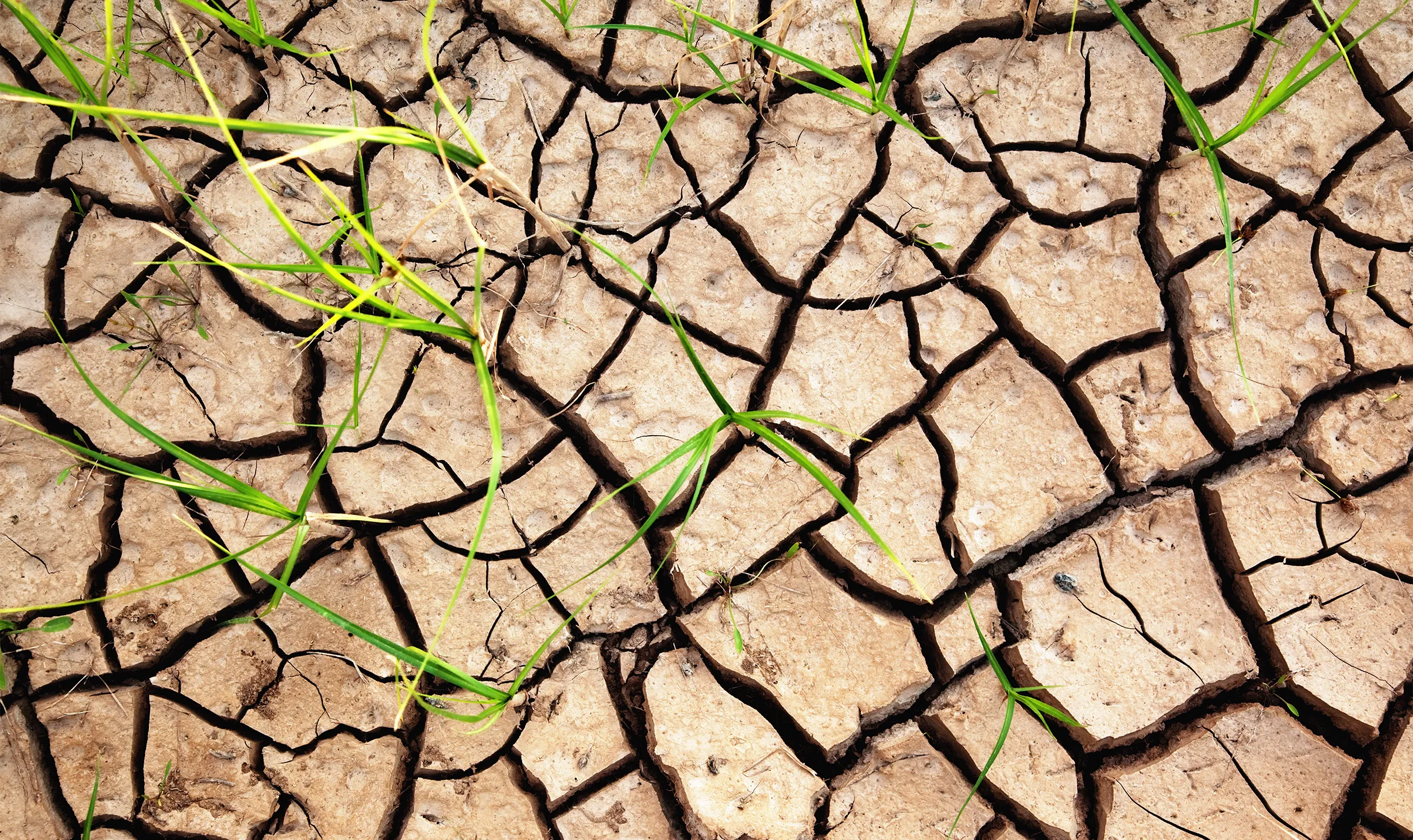The built environment accounts for almost one-third of Australia’s carbon emissions (construction activity ~17%).
Over 27 million tonnes of construction and demolition waste are generated each year (≈44% of national waste).
95% of 30,000 tonnes of commercial furniture ends up in landfill annually.
Construction timber demand is projected to rise by ~50% by 2050.


“Each hectare of bamboo can lock away 6–24 tonnes of carbon every year.”

“Bamboo’s ability to absorb heavy metals and stabilise toxic soils makes it a powerful tool for ecological restoration in Australia.”
Bamboo’s unique combination of soil protection, phytoremediation, and carbon sequestration makes it a powerful tool for transforming mine scars into living landscapes.
“Bamboo’s ability to absorb heavy metals and stabilise toxic soils makes it a powerful tool for ecological restoration in Australia.”
